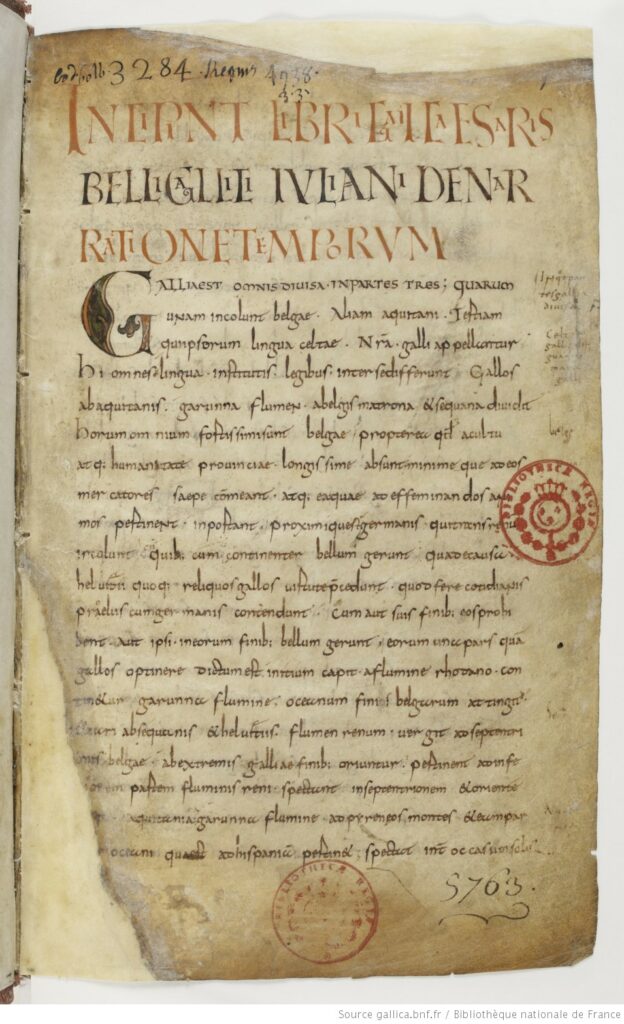School and university programs, museums, documentaries, ignore the abundance of discoveries based on modern tools, or an unusual point of view, that would crack the dinosaur that is the official stream.
Jean Piaget, a researcher in child psychology, describes learning in two ways: assimilation and accommodation. The first adapt the information of the environment to our structure of knowledge, the second adapts our structures of knowledge to the information of the environment.
In my profession, computer programming, requests often vary significantly throughout the project, to the point that, if we wanted to do well, we would have to recode the whole program, which makes developments particularly long. It’s like destroying a house and laying again and again the foundations for it, because customers decide what their home will look like as they see it grow. For reasons of time and budget, it is hardly possible to do so. Therefore, we proceed by “assimilation” of new features, without rethinking the whole, in other words without “accommodating” the existing. The new functionalities accumulate in a chaotic way, the anomalies are numerous and the reordering that it would be necessary to do, would take at least as many time than the one already passed.
This is also what happens in the progression of academic knowledge.
Challenging the foundations of academic knowledge involves bringing together experts who are authorities in their field, and agreeing with them, which is far from easy. They may have published works on obsolete bases, so their reputation is at stake, as well as the reputation and wealth of museums and libraries.
Yet, there are many things, that everyone can observe, that make official versions of science or history doubtful.
How to integrate, in our biological and chemical knowledge, the effectiveness of parallel medicines, such as Ayurveda (Indian medicine), meditation, yoga, compared to the chemical or surgical intrusive cures that doctors usually use?
How to have faith in the dating of Celtic and Roman civilizations, while the oldest copies of latin texts available in libraries and museums, and which serve as historical references, date from the ninth century – if we believe the estimates – or even from the Renaissance?
The earliest copies of Julius Caesar’s “Commentaries on the War of Gaul” (“Commentarii de Bello Gallico”), the main historical source for describing the Celtic peoples, are estimated in the 9th century AD. One of these copies is kept at the National Library of France (BNF), the other in Amsterdam. The oldest (partial) editions of Titus Livius’s “The History of Rome” (Ab Urbe Condita Libri), one of the main historical sources of the Roman Empire, are also estimated in the 9th century AD. One of these editions is also kept at the BNF.
The website tertullian.org has a remarkable list of the oldest known manuscripts for most classical Greek and Latin authors, and their estimated date.

Other inconsistencies between archaeological data and official chronology are observed by researchers such as Anatoly Fomenko and Gleb Novosky.
The areas of academic knowledge or computer development are not the only ones that evolve this way. A major problem for democracies today is the exponential development of laws and jurisprudence, which is not always accompanied by a concern for clarity and coherence. The same goes for administrative procedures. When we know that “no one is supposed to ignore the law”, we can measure all the difficulties and costs that this represents for businesses as well as for ordinary citizens. This complexity is probably one of the reasons slowing down the adoption of democracy in some parts of the world.
